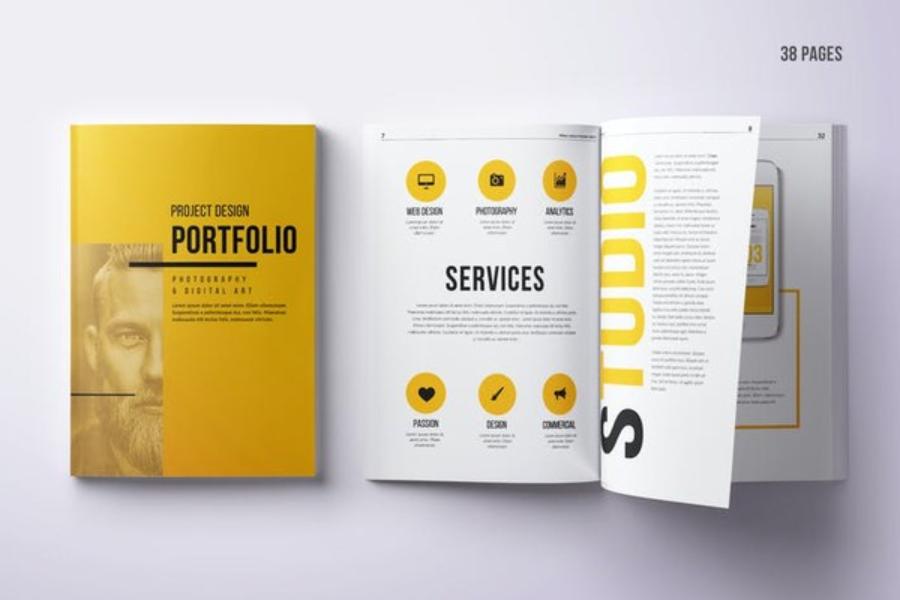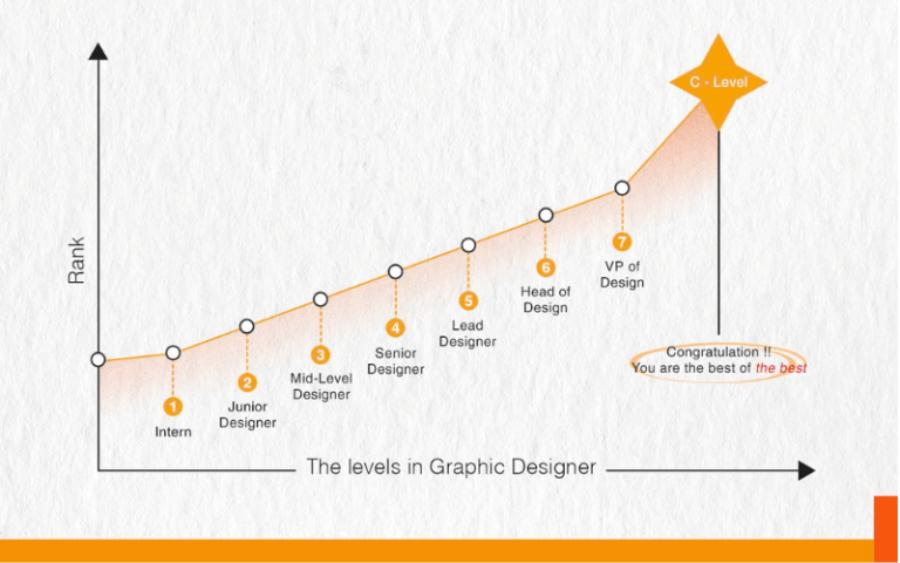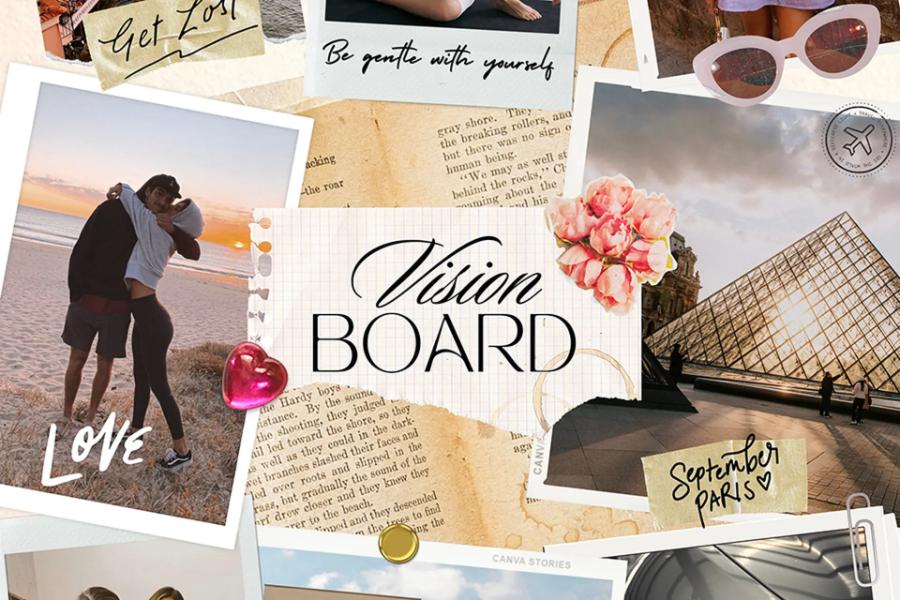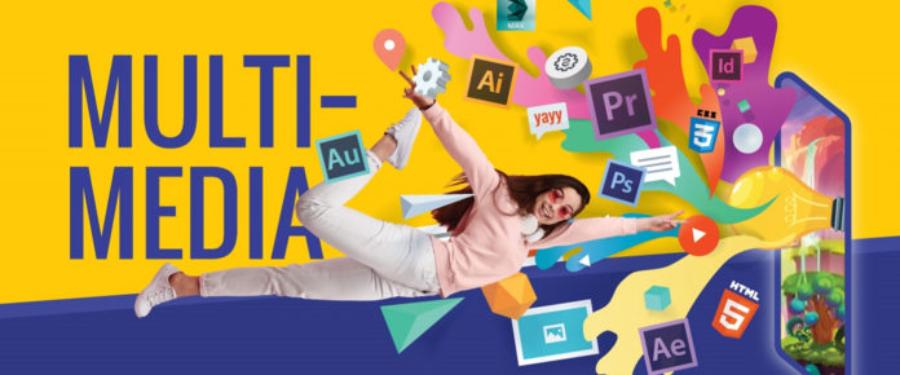Best Selling Products
Revealing 6 Tips for Designing Outstanding Portfolios for Designers
Nội dung
- 1. Introduction to Portfolio Design for Designers
- 1.1. The importance of portfolio design for designers
- 2. Essential elements in portfolio design for designers
- 2.1 Personal information and self-introduction
- 2.2. Collection of featured projects
- 2.3. Reasonable interface and layout
- 2.4 Contact information
- 3. Portfolio design support tool for designers
- 4. List of 6 Tips for Designing Outstanding Portfolios for Designers
- 4.1. Choose the right platform to design your Portfolio
- 4.2. Design a clear, easy-to-follow layout
- 4.3. Select projects and showcase creative highlights
- 4.4. Optimize images and colors in Portfolio design
- 4.5. Include interactive and multimedia elements
- 4.6. Update and complete your Portfolio regularly
- 5. Conclusion
Discover 6 outstanding Portfolio design tips for designers, helping you create an impressive profile, express your own style and improve career opportunities.

Portfolio design is an important step that determines the success of a designer in impressing clients and employers. A portfolio not only demonstrates skills but also reflects the style and personality of the designer. In this article, Sadesign will share 6 outstanding Portfolio design tips, helping you build a more professional and attractive profile than ever.
1. Introduction to Portfolio Design for Designers
In the design field, Portfolio is an indispensable tool to introduce products and skills. Investing in a professional Portfolio design will facilitate the impression of potential employers or clients. With an outstanding Portfolio, you can convey all the creativity and professionalism in each project.
.jpg)
1.1. The importance of portfolio design for designers
Designing a portfolio for designers is not only a tool to demonstrate your abilities but also a passport to bring you closer to valuable career opportunities. In the creative design industry, where images and emotions are the main language, a well-crafted portfolio is the strongest introduction about you.
As the market becomes more competitive, investing time and effort into designing a designer portfolio is a must if you want to make your mark. A well-presented portfolio will help viewers easily understand your aesthetic taste, working style, as well as your problem-solving ability through the projects you have completed.
2. Essential elements in portfolio design for designers
2.1 Personal information and self-introduction
The Importance of Personal Introduction
When starting to design a portfolio for designers, the first element that cannot be ignored is the personal information and self-introduction section. This is the section that helps viewers understand you, your working style and the expertise you possess. Personal information needs to be presented concisely, fully but still create a professional feel.
What content should be included in the personal information section?
A portfolio design for designers with a complete personal information section will include key content such as: name, current job position, key skills, contact email, phone number, and social media links or personal website. Providing direct communication channels helps increase trust and convenience in connecting with you.
Introducing yourself – how to make a personal mark
Introducing yourself in a portfolio is not just a general description but needs to show your personality, passion and career orientation. A portfolio design for designers will create highlights when introducing the story, how you approach creative work and the values you bring to the project. This is the part to differentiate yourself from hundreds of other designers.
Optimize your introduction to look professional
Portfolio introductions should avoid being wordy, clichéd, or containing overly technical jargon that is difficult to understand. Instead, they should be short, concise, clear, and demonstrate confidence in your working style. This will help make your designer portfolio design more attractive from the very first seconds.
2.2. Collection of featured projects
The role of project collections in portfolios
A portfolio of outstanding projects is the heart of a designer’s portfolio. This is where you showcase your technical skills, creative thinking, and problem-solving abilities through real-world examples. A diverse and quality portfolio will help viewers accurately assess your abilities.
Criteria for selecting projects to include in portfolio
Not every project should appear in a portfolio. A designer’s portfolio should only include projects that best demonstrate a designer’s strengths and personal style. These projects should be diverse in terms of fields, techniques used, and highly applicable in practice. In addition, projects that have achieved positive results or are highly appreciated by customers should also be prioritized.
How to present a project effectively
Each project in your portfolio should be clearly presented, with a brief description of the goal, your role, the techniques or software used, and the results achieved. A designer portfolio design should use high-quality images, a clear layout, and no clutter to attract the viewer's attention. Using graphic elements to illustrate the work process will increase persuasiveness.
Regularly updated project collection
To keep your portfolio fresh and relevant to current trends, it is essential to update your collection of outstanding projects. A regularly updated designer portfolio design will accurately reflect your abilities and career development. This also shows professionalism and seriousness about the profession.
2.3. Reasonable interface and layout
.jpg)
How portfolio layout affects viewer experience
The interface is the element that directly creates the first impression when viewers approach the portfolio design for designers. A reasonable and beautiful interface will help the content to be conveyed easily, increasing aesthetics and professionalism. In addition, the interface also affects the way users interact, search for information and evaluate the overall portfolio.
Principles of portfolio interface design
Portfolio design needs to strike a balance between creativity and visual appeal. Colors should be chosen in harmony, in line with personal style and not confusing. Fonts should be clear, easy to read and consistent throughout the entire portfolio. A portfolio design for designers will focus on simplicity while still showing its own unique characteristics.
Portfolio layout – creating coherence in presentation
Layout is the part that determines how the content in the portfolio is arranged scientifically and logically. A reasonable layout helps viewers easily receive information in the desired order, from the introduction, project collection to the contact section. Portfolio design for designers should prioritize grid layouts, lists or clearly divide each content area.
Optimize interactivity and user experience
Good interactivity and user experience will enhance the value of a designer’s portfolio design. Portfolios need to have buttons and links that work smoothly and support multiple devices such as phones, tablets, and desktops. Responsiveness ensures that your portfolio does not lose images or display errors when viewed on different devices.
2.4 Contact information
The role of contact information in portfolio design for designers
No matter how great a designer portfolio is, if it lacks complete and clear contact information, you will lose the opportunity to connect with potential clients or employers. This is an indispensable part of any portfolio to help the other party easily contact when needed.
Contact information includes:
Full name
Phone number
Professional email address
Relevant social media channels (LinkedIn, Behance, Dribbble, Instagram…)
Personal website or blog (if any)
How to present contact information effectively
In a designer portfolio, contact information should be placed in a visible location, usually at the top or bottom of the page. Clear, easy-to-read fonts and moderate sizes are important to avoid confusion. Additionally, social media icons should be consistent in color and size to enhance the overall aesthetic.
Tips for updating contact information in your portfolio
Contact information should be checked regularly to ensure it is accurate and up to date. Using a professional email address rather than an irrelevant email address will enhance your personal image. In particular, links to social media channels should lead to a personal page that clearly demonstrates your design skills to support a quicker assessment of your expertise.
3. Portfolio design support tool for designers
Currently, there are many tools that support the portfolio design process for designers effectively such as:
Adobe InDesign : For professional PDF design.
Figma : Flexible in digital interface design.
Wix, Webflow : Create a portfolio website quickly without knowing code.
Canva : Easy to use for beginners, has many eye-catching portfolio design templates for designers.
4. List of 6 Tips for Designing Outstanding Portfolios for Designers
.jpg)
4.1. Choose the right platform to design your Portfolio
One of the most important factors in designing a portfolio is choosing the right platform. Depending on your audience and goals, you can choose to design your portfolio as a website, PDF file, or print version. Website portfolios are becoming more popular because they are flexible and easy to update. However, PDF files and print versions still play an important role in interviews or in-person presentations.
Portfolio design on website:
Allows interaction, multimedia and easy updating of new projects. Moreover, the website can be optimized for SEO, helping you reach more employers.
PDF Portfolio Design:
Suitable for sending emails or presenting offline. PDF files are easy to preserve, ensuring images and layouts are error-free.
Print Portfolio:
For in-person interviews or networking events, help you make an impression with professionalism and sophistication.
Choosing the right platform will help your Portfolio design stand out and maximize presentation effectiveness.
4.2. Design a clear, easy-to-follow layout
Layout is an important element in Portfolio design, helping viewers easily understand and evaluate your projects. A clear, scientific layout will create a professional and friendly feeling.
Use grids and white space wisely:
Grids help align elements evenly, creating overall balance. White space helps highlight important content and reduces clutter.
Divide into specific sections:
Portfolio design should clearly divide into sections such as personal introduction, skills, projects, work experience and contact. Each section should be marked with clear titles for easy viewing.
Ensure cross-device compatibility:
Modern portfolios need to be optimized to display well on computers, tablets, and phones. This increases accessibility and makes a good impression on users.
A well-designed layout will help you enhance the value of your Portfolio and attract attention from employers or clients.
4.3. Select projects and showcase creative highlights
The quality of the projects you choose will reflect your level and style of design in your Portfolio. Choose projects that are representative, distinctive, and demonstrate a wide range of skills.
Choose projects that are diverse in style and field:
Show viewers that you're adaptable to many different types of work.
Present projects in detail, with a story:
Each project should be described briefly but fully about the context, goals and results achieved. This helps the portfolio not only be a collection of images but also a professional story.
Emphasize creativity:
Highlight unique ideas and novel design solutions in each project. Designing a portfolio with these elements will help you score points quickly.
Choosing the right projects is key to making your Portfolio design stand out and memorable.
4.4. Optimize images and colors in Portfolio design
Images and colors play a key role in creating an attractive Portfolio. A sharp image with harmonious colors will highlight the product and increase aesthetics.
.jpg)
Use high-quality images:
Blurry or pixelated images will detract from your portfolio. Make sure your illustrations are high-resolution and well-edited.
Choose a color palette that fits your personal style:
The color palette should be consistent, creating a sense of harmony throughout the entire portfolio. This is not only pleasing to the eye, but also helps to express your design personality.
Avoid overusing colors:
Keeping the color scheme simple helps your Portfolio design look more sophisticated and professional.
A well-designed portfolio with well-optimized images and colors will make a strong impression and be memorable.
4.5. Include interactive and multimedia elements
To create a standout Portfolio design in the digital age, integrating interactive and multimedia elements is essential. This helps viewers experience better and increases memorability.
Add a video or animation to showcase your project:
Videos help convey emotions and work processes more clearly than static images.
Use slideshows or photo galleries:
Create liveliness, allowing viewers to easily scroll through products.
Integrate links and call-to-action (CTA) buttons:
Increase engagement and connect viewers with you via email, social media, or other platforms.
Portfolio design with interactive elements will create a more modern, professional and attractive feel.
4.6. Update and complete your Portfolio regularly
An effective portfolio design is not a one-time project. It needs to be continually updated to reflect your latest skills and achievements.
Add new projects and remove outdated projects:
Keep your Portfolio fresh and relevant to current trends.
Edit and improve layout, images:
Over time, you can improve aesthetics and user experience.
Listen to feedback from viewers:
Feedback from colleagues, customers, or employers can help you identify areas for improvement.
Keeping your Portfolio design up to date and complete is crucial to staying relevant in the industry.
5. Conclusion
Portfolio design is a key tool for each designer to demonstrate their unique abilities and style. Applying the 6 outstanding Portfolio design tips above will help you build a professional, impressive and highly competitive profile. Choose the right platform, design a clear layout, select typical projects, optimize images and colors, integrate interactive elements and always update your Portfolio to enhance your design career. Portfolio design is not just a job, but also a journey to affirm your own value in the challenging creative industry.












































